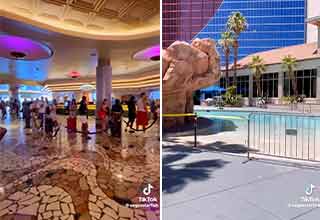Transports of earthly delight?
It has been a bit hard to write recently, as I have finally managed to get some (almost) real work here in Tokyo. This has led to my first experience of the Tokyo commute. Now, I have long experience of the cattle-truck style crush that passes for rail travel in the London rush hour so I thought I would be well prepared - but (as in a lot of things) Tokyo manages to take it to another level!
The accepted way to board a crowded Tokyo train seems to be to back in (presumably to avoid the looks of horror from the poor innocents you are about to crush). Placing your hands on the door frame above, you can then wedge yourself in (and the next commuter will repeat the process). The Japanese prize a quality they call 'gaman', which I would roughly translate as either endurance or stoicism (or a mixture of both) - and gaman is the quality you need if you want to travel by train in the mornings (the evenings are strangely less of a trial - perhaps because of the Japanese habit of staying late in the office).
One moment I found it hard to maintain the expected equinamity and 'gaman' of an experienced commuter, was when I was crushed up against a middle aged 'sarariman' sporting the most revolting comb-over I have ever seen (a little slang Japanese - hage (pronounced hag - eh) means bald, and they give the wonderfully descriptive term 'bar-code hage' to this particular hair 'style'). He had been studiously staring down the blouse of a teenage schoolgirl, and I found my thigh pressed against his erection - not a nice feeling, and the only time I have squirmed off the train rather than put up with the crush.
On the other hand, on really clear mornings I get a brilliant glimpse of the exotic, the feeling of living in a different world, when I get a glance of the distant mount fuji between the sky-scrapers. It is opelescent, almost etherial on some days, and every time I see it I get a sense of why the Japanese are so fond of this volcano, which features in so much iconic Japanese art (not just the most famous Hokusai prints). In the very clearest days I see at the same moment we pass the Shinagawa shrine's artificial mount Fuji (a small rock 'hill' made by the inhabitants of Edo (the old name for Tokyo) so that the old and sick could climb it and gain the same spiritual 'credit' as visiting the shrines on the real mount Fuji). Looking at these scenes I can almost forget I am having the life crushed out of me in this hell-train... almost, but not quite :(





9 Comments